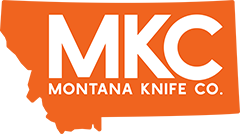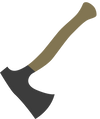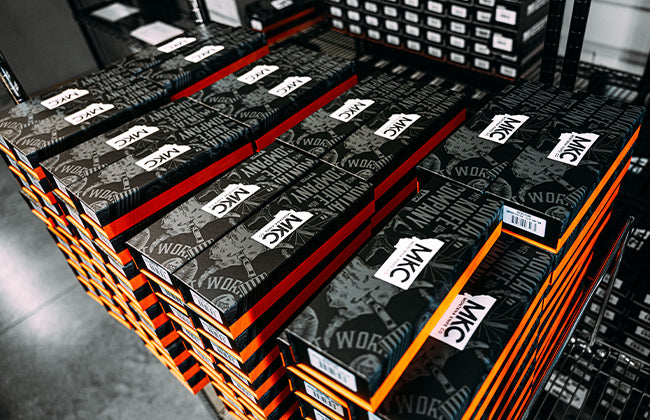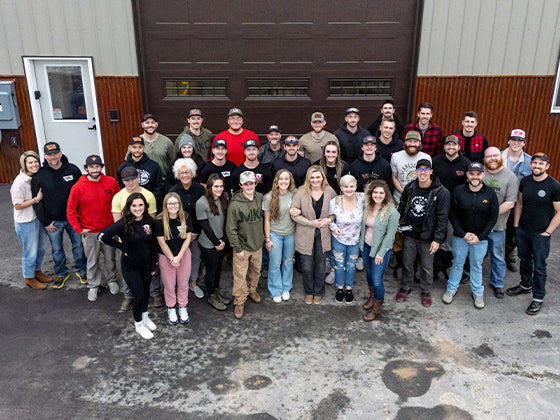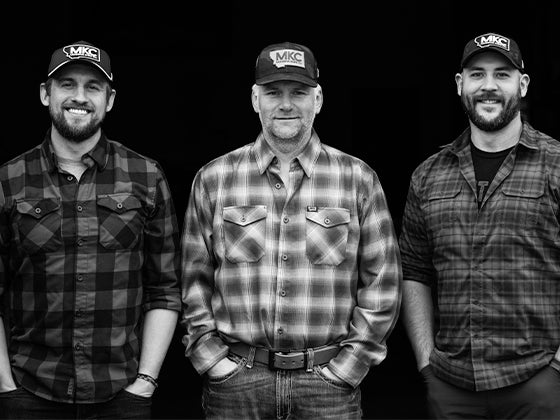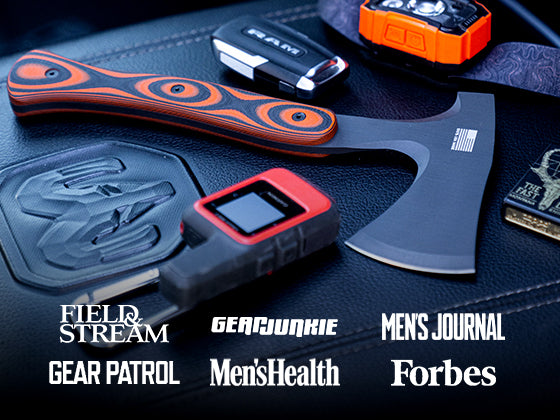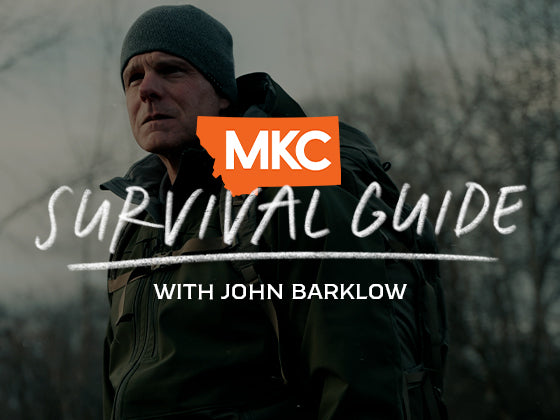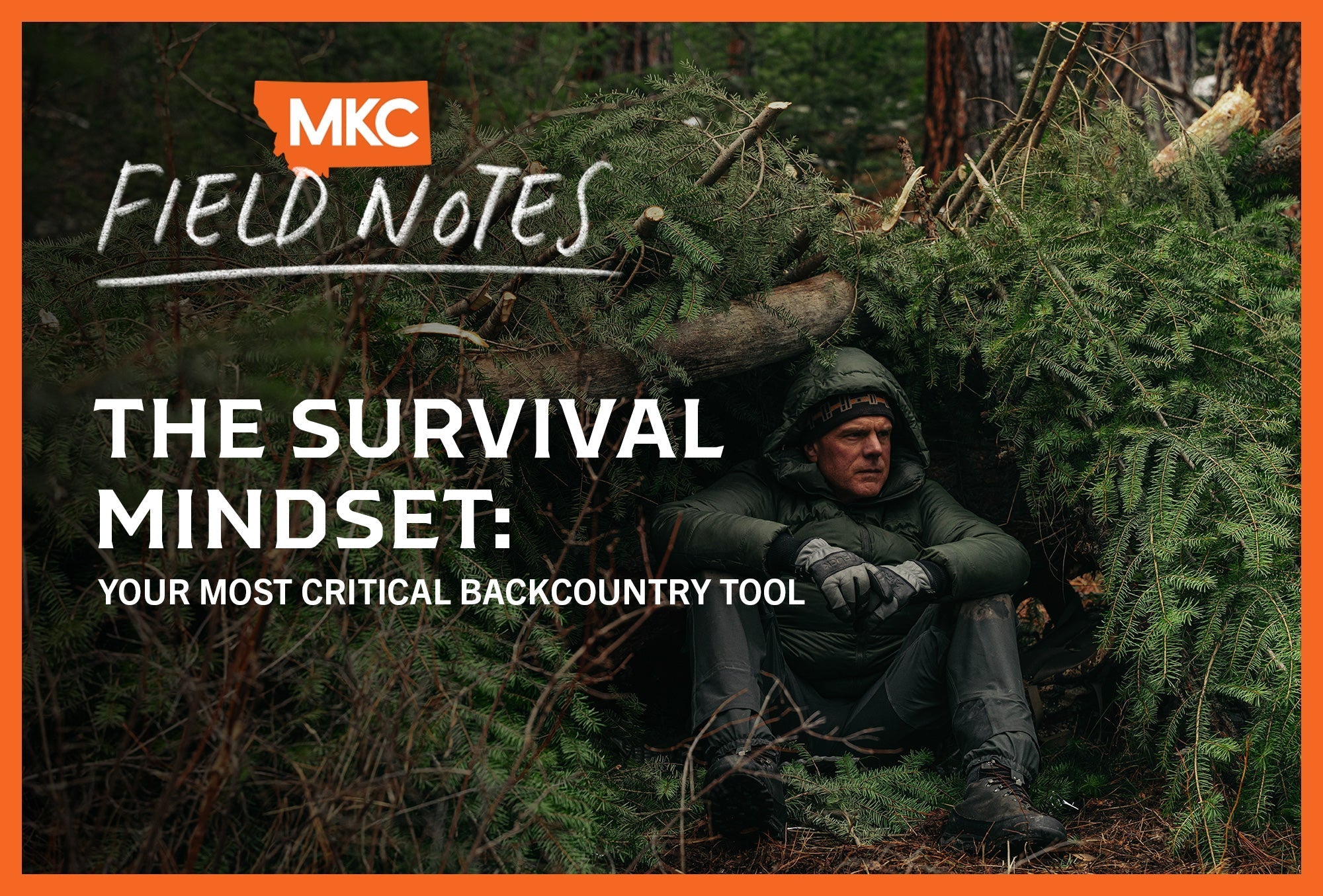A backcountry medical kit must be lightweight, packable, and designed specifically for common field injuries.
Your hunting first-aid kit needs to stabilize serious trauma and prepare a patient for evacuation out of remote terrain. You don’t need to carry a hospital — you just need to maintain field capability when the worst-case scenario happens at critical moments during your hunt:
- Broadhead punctures at 9,000 feet with no immediate help available
- Severe knife lacerations miles from the trailhead when field dressing game
- Frostbite in Alaska during -20°F conditions
- Altitude sickness that incapacitates experienced mountaineers above treeline
- Near-drownings during November river crossings with deceptively high water levels
These aren’t theoretical scenarios. They’re real situations I’ve lived through thanks to a well-prepared backcountry medical kit.
Most backcountry medical situations involve cuts, scrapes, sprains to muscle groups, twisted ankles, or potential fractures. Add in allergic reactions and backcountry diarrhea that can dehydrate you quickly at altitude, and you’ve got a recipe for disaster.
Without proper treatment capabilities, these conditions terminate your hunt or force evacuation at the worst possible time — like when you’ve just located that trophy bull after days of tracking.
Your backcountry medical kit isn’t isolated equipment. It works alongside your other gear when emergencies occur: a foam ground pad becomes a splint for a broken leg; an emergency space blanket packages a hypothermic hunting partner for emergency transport.
These supplementary items extend your medical capability without duplicating gear.

Build Medical Competence for Backcountry First Aid
Take a medical class with your hunting partners before the season begins. Backcountry first aid is fine if you’re just starting out, but a wilderness first responder course prepares you to make critical medical decisions in remote environments without support.
When your partner is injured twelve miles from the trailhead with no cell service, proper training determines his outcome. Train together so you understand each other’s capabilities and limitations under high pressure.
Build your backcountry medical kit to match your training level and anticipated risks. Don’t carry sutures or advanced airways if you’re not qualified to use them properly in austere conditions.
The chance you’ll need advanced procedures remains low in most hunting scenarios, but treating basic injuries effectively keeps you in the field and hunting successfully when others might have to abandon their hunt.
Don’t force one person to carry one backcountry first-aid kit for the entire hunting party. This creates immediate vulnerability when the group separates to glass different basins or when someone returns to camp while others continue hunting. Distance and terrain barriers make equipment sharing impossible when it’s most needed.
Every hunter must carry an individual backcountry medical kit appropriate for their position and movement plan. Use your kit to treat your own blisters and minor injuries during the hunt.
For instance, if I find you with a laceration, I’ll use your medical kit to treat you first, then supplement with mine if needed. This maintains group medical capability throughout the hunt, even when we separate.
If you take down a mule deer on day three and leave to process meat, I don’t have compromised resources — I still maintain full medical capability for continued hunting.
Personal Medical Requirements
Your individual medical needs dictate specific additions to your backcountry first-aid kit.
For instance, if you require an EpiPen for allergic reactions, that belongs in your personal medical kit where everyone knows to find it. When you’re stung by a wasp at 11,000 feet and can’t speak, your hunting partners need immediate access to your life-saving medication.
Medications for chronic conditions, altitude sickness prevention, or specific pain management needs to stay in your backcountry medical kit. This organization keeps critical treatments accessible to you and identifiable to your hunting buddies during emergencies when communication might be limited.

Practical Application and Maintenance for Your Backcountry Medical Kit
Your backcountry medical kit isn’t specialized equipment that only comes out during hunting season.
Treat it as working gear that always accompanies you in the field. I carry mine in my possibles pouch during scouting trips, training hikes, and whenever I’m beyond immediate medical access.
When you return from any trip where you’ve used medical supplies, immediately replenish consumed items:
- Medical equipment deteriorates over time in field conditions.
- Medications expire.
- Quick-clot products dry out after opening.
- Even tourniquets degrade when exposed to UV light and temperature fluctuations for extended periods.
Perform a complete inventory check before each hunting season begins. Replace expired medications, inspect packaging for damage, and verify the functionality of critical items like trauma shears and pressure bandages.
This systematic maintenance ensures your tools remain intact when you need them most.
Field Integration and Emergency Response
A properly designed wilderness first-aid kit gives you the confidence to push harder in remote terrain. You’ll respond effectively in an emergency rather than have to evacuate immediately.
Most importantly, your backcountry medical kit keeps you hunting when minor issues would otherwise end your trip. A properly dressed blister or effectively treated diarrhea on day two means you’re still mobile on day five when the elk of a lifetime crosses your path.
That’s the real value of a comprehensive backcountry medical system.
by John Barklow, Special Operations Survival Instructor and a valued partner of MKC
